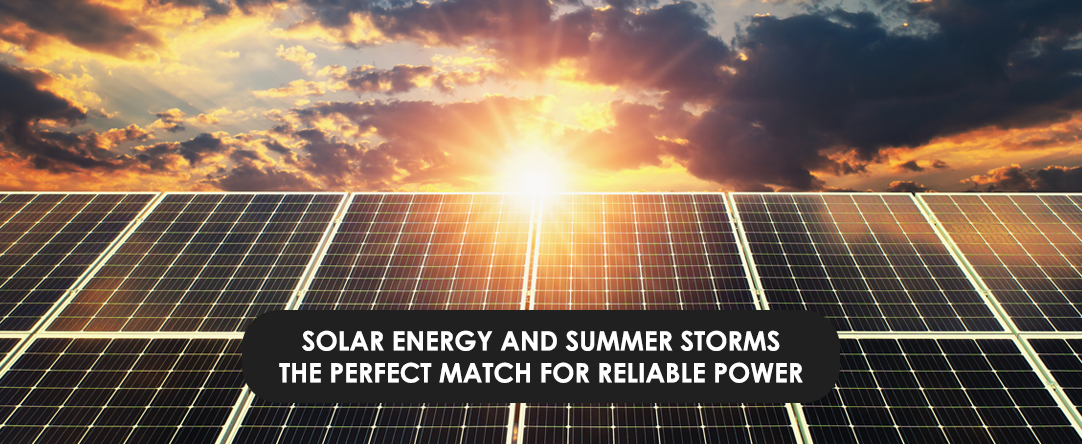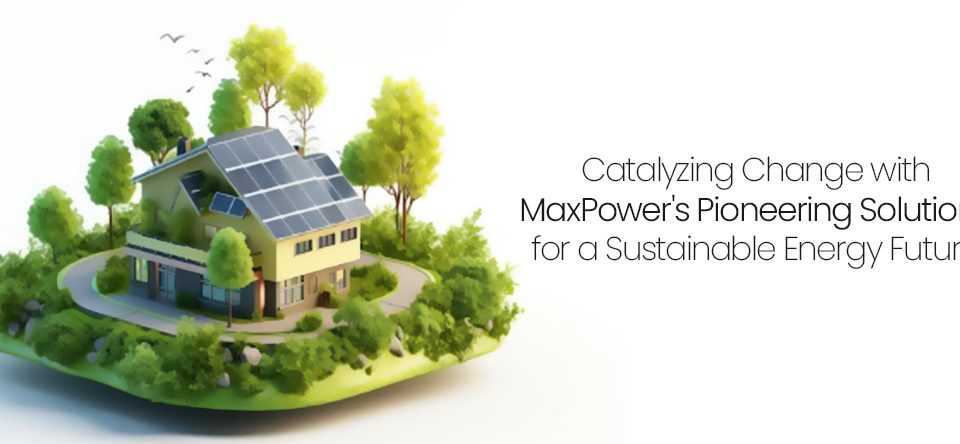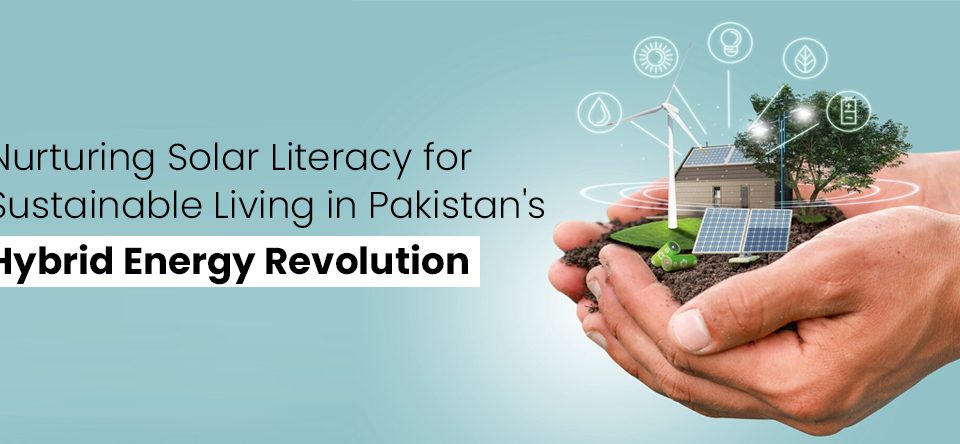
How Solar Panels Can Help You Beat the Heat This Summer
April 27, 2023
Why Solar Panels Work Even Better During Summer Months
May 2, 2023As the world grapples with climate change and its attendant effects, the need for reliable, renewable energy sources has become even more pressing. Solar energy is one of the most promising sources, providing an environmentally-friendly, cost-effective means of meeting the world’s energy demands. However, as anyone who has lived through a summer storm knows, these weather events can wreak havoc on power grids and disrupt energy supplies. This article will explore how solar energy and summer storms can work together to provide even more reliable power.
The Science of Solar Energy
Through the photovoltaic effect, solar panels convert sunlight into electricity. Layers of semiconducting materials absorb photons from the sun and release electrons, which are captured by a circuit and converted into usable electricity.
Monocrystalline and polycrystalline solar panels are the two most common varieties. Monocrystalline panels are more efficient and have a longer lifespan than polycrystalline panels, but they are also more expensive. Polycrystalline panels are less effective but more affordable.
The efficiency of solar panels is the quantity of sunlight that is converted into usable electricity. Variables such as the quality of the meetings, the angle and orientation of the panels, and the quantity of available sunlight affect the efficiency of solar panels. Solar energy is a pure, renewable energy source that is becoming more affordable and efficient. It emits zero greenhouse gases and requires little maintenance.
Understanding Summer Storms
Summer storms are typically caused by warm, moist air rising and colliding with more great air masses. These collisions create thunderstorms, lightning, and heavy rainfall. Summer storms can damage power lines and transformers, causing power outages for days or weeks. The damage’s severity depends on the storm’s intensity and duration. The frequency and intensity of summer storms are expected to increase due to climate change. This means that power grids will be even more vulnerable to disruptions from summer storms in the future.
The Benefits of Combining Solar Energy and Summer Storms
Solar panels are designed to withstand various weather conditions, including hail, high winds, and heavy rainfall. Some manufacturers even offer warranties that guarantee their panels will continue to produce electricity in the event of a hurricane or other severe weather.
Solar energy systems can be designed to operate independently of the power grid, using battery storage to provide backup power during outages. This makes solar energy desirable for areas prone to frequent power disruptions.
Solar energy systems can also be used in emergency preparedness plans, providing a reliable power source for critical infrastructure such as hospitals, emergency shelters, and communication networks. In the aftermath of a summer storm or other natural disaster, solar energy can help ensure that essential services remain operational.
The Role of Energy Storage
Energy storage is an essential component of any solar energy system. Energy storage systems allow excess energy produced by solar panels to be stored for use when the sun is not shining, such as during the night or periods of heavy cloud cover. Several energy storage systems include batteries, flywheels, and compressed air systems. Batteries are the most common energy storage system for residential and commercial solar installations. Energy storage systems allow solar energy systems to operate independently of the power grid, providing backup power during outages and reducing dependence on fossil fuels.
Overcoming Challenges
Integrating solar energy into existing power grids can be complex, requiring careful planning and coordination. However, advances in technology and improvements in grid infrastructure are making this process easier and more cost-effective.
In some areas, regulations and policies pose challenges to the widespread adoption of solar energy. However, many governments are implementing policies that encourage using renewable energy sources, such as tax incentives and feed-in tariffs.
The upfront cost of installing a solar energy system can be a significant barrier to adoption for some individuals and businesses. However, the long-term savings on energy bills and the potential for generating revenue through selling excess energy back to the grid can make solar energy a cost-effective choice in the long run.
The Future of Solar Energy and Summer Storms
The global solar energy market is expected to multiply in the coming years, driven by declining costs, government incentives, and increasing environmental awareness. Advancements in solar panel technology, energy storage, and grid integration make solar energy systems more efficient and cost-effective. These innovations are helping to make solar energy an even more viable option for meeting the world’s energy demands. Solar energy is essential to reducing greenhouse gas emissions and mitigating the effects of climate change. By providing a source of pure, renewable energy, solar power can help reduce reliance on fossil fuels and foster a more sustainable future.
Wrapping it up
Solar energy and summer storms seem like unlikely allies, but combining these two factors can help provide even more reliable power. By harnessing the sun’s power and storing excess energy during outages, solar energy systems can provide a resilient, cost-effective source of energy for individuals, businesses, and critical infrastructure. With continued technological advancements and policy support, solar energy has the potential to play a significant role in meeting the world’s energy demands while reducing the impact of climate change.




